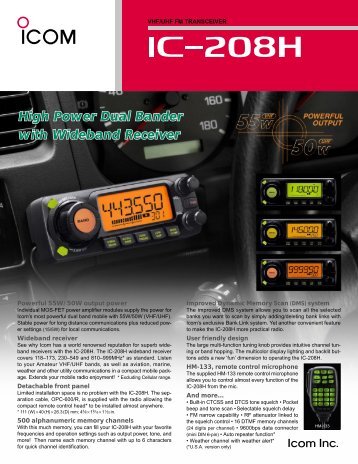...by soldering on the diode(s) that were left off during production to make it a general version![/B]

Has anyone done it and if you know how, can you tell me how to do it.
Plenty of sites to show you how to mod but nothing on how to un-mod it for Australian use!
I can't use this radio until it is converted to amateur status and this will get a new 208H off my worry list....
eg ...this is to take the US version to 'general' version but where on the board do you re-solder on a new diode to get back to the AUS spec version???

Ok, here is the matrix diode list from the Icom IC-208H Service manual pertaining to TX/RX bandwidths.
http://www.radiomanual.info/schemi/IC208H_serv.pdf

...and here is the Matrix schematic from the service manual showing the 16 slot configurations for the S.Diodes (not resistors)!

NOTE: Position indicated above at D508 corresponds to the AUS spec but is that the only diode that is to be put back???
Any ideas as this is not covered anywhere!


